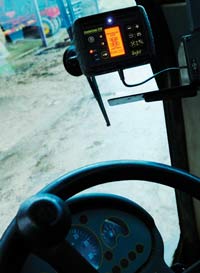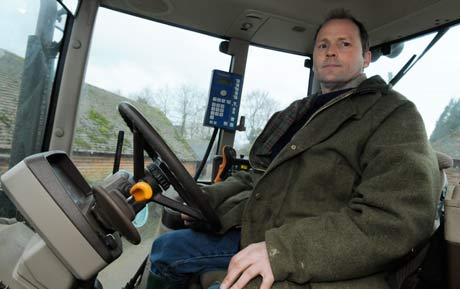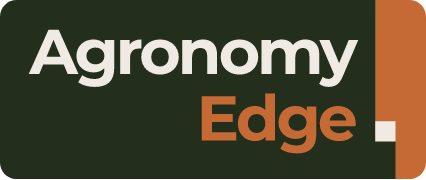Precision farming developments widen on-farm potential

The 1990s saw precision farming hailed as the next big thing. After a further decade of waiting, has its time finally come?
Developments in more powerful, affordable and readily available technology are seeing GPS-guided systems re-emerge as both practical and viable.
This, together with soaring input costs, tightening margins and more focus on environmental stewardship, means precision farming techniques are back in focus.
That was the message delivered to a recent a recent meeting of The Arable Group members in Gloucestershire. Kent arable grower and precision farming champion Jeremy McCabe said complex, expensive and disjointed technology had been the main barrier to uptake. “Technological development and market forces are now coming together to push the techniques to a wide group of growers.
“It’s not only the biggest farms that benefit from the GPS-guided technology,” he added. “Precision farming can be as complex, or simple, as the farmer wants it to be. For under £1000 any computer-literate farmer can buy the basic kit off the shelf to fit straight on to the tractor. Although at the other extreme, the most comprehensive units can cost upwards of £20,000.”
The benefits of the GPS-based technology have never been more significant, he said. “At current prices, £15-45/ha a year can be saved on nitrogen management, £7-48/ha a year on phosphorus and potassium management and £6-12/ha a year can be saved from GPS guidance on machinery,” said Mr McCabe. “Of course, figures, and indeed viability, are affected by input prices and past application policies, but the current high fertiliser price and tight margins make 1-2% savings stack up.”

Technological development and market forces are pushing precision farming techniques to a wide group of growers, Jeremy McCabe told TAG members
Mr McCabe, who runs a 200ha farm and an arable contracting business, routinely uses two light bars to guide his sprayer and fertiliser. “Where tracks aren’t visible the light bars considerably improve accuracy,” he said. Particularly useful for pre-em sprays or fertiliser applications where there are no previous field markings, they avoid overspray and prevent missed patches.
Mr McCabe also uses the Soilquest system to map soils and target P & K applications depending on soil indices.
While acknowledging the huge scope for further development, Mr McCabe pointed out that precision farming could already deliver substantial benefits.
“More accurate than a man’s – and straighter, too – machine guidance and steering control is perhaps the simplest application of precision farming techniques,” he said.
“Cultivations, combining and spraying can all benefit from more precise guidance. Not only can it help cuts costs and improve efficiency and effectiveness, it can also help manage environmental impact and provide data to guarantee accountability.
“Accurate bout widths reduce fuel costs, minimise over-cultivation of the soil, cut wastage of pesticides and, therefore, help to reduce the farmer’s environmental impact.”
Fertiliser management using GPS-based technology, a more complex application, continues to be adopted to varying degrees. Spectral reflectance provides data to create application maps for nitrogen. And soil electro-conductivity measurements can plot areas of contrasting soil properties to hone phosphorus and potassium applications.
“Further work into the management of chemical inputs would allow variable management of weeds, pests disease and growth regulation,” said Mr McCabe. “It’s an area for development, but already specific target maps can be created and fields treated accordingly.
“The benefits are already demonstrable but the scope for further development is huge,” he said.
Right price makes for popularity |


